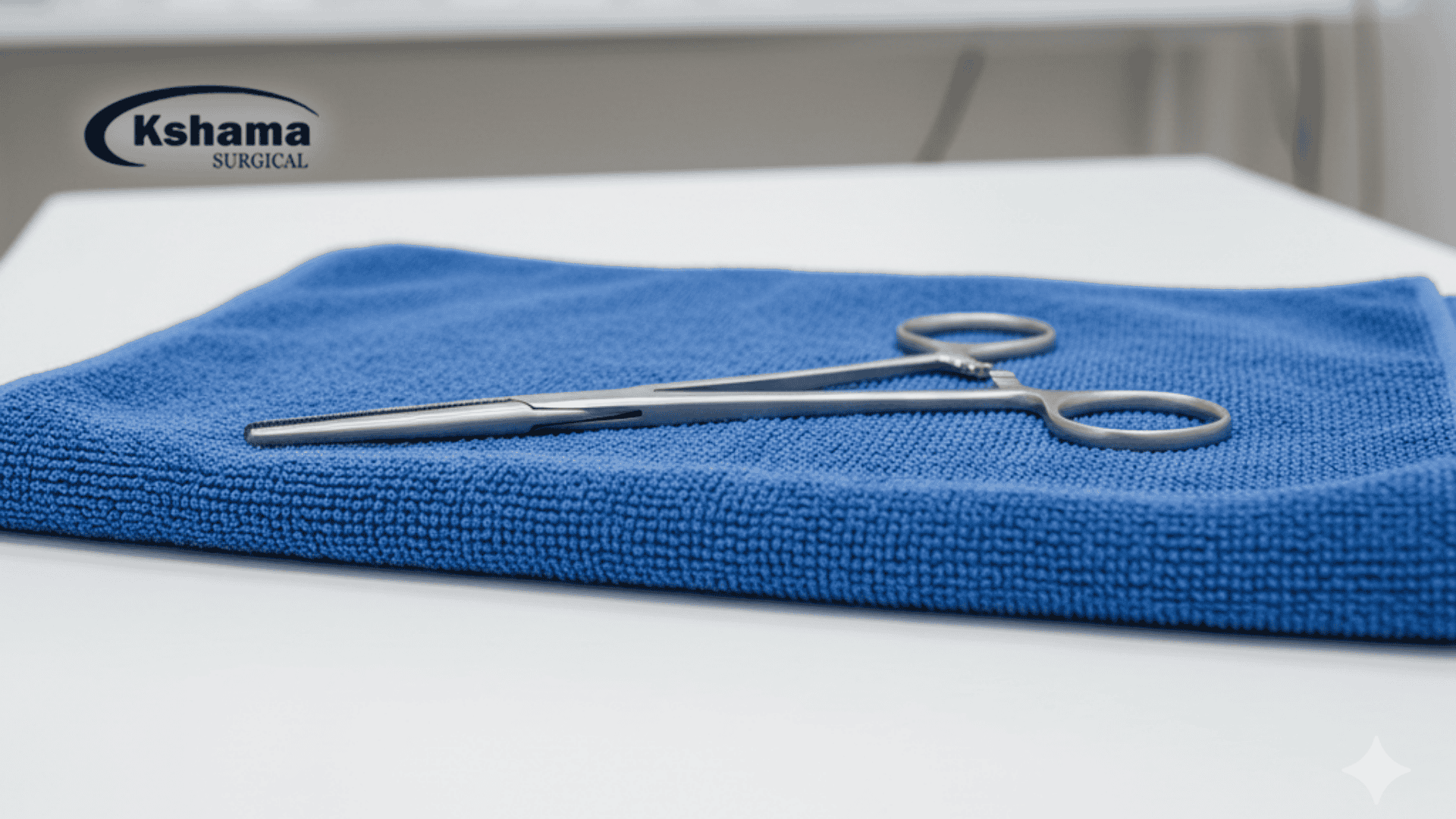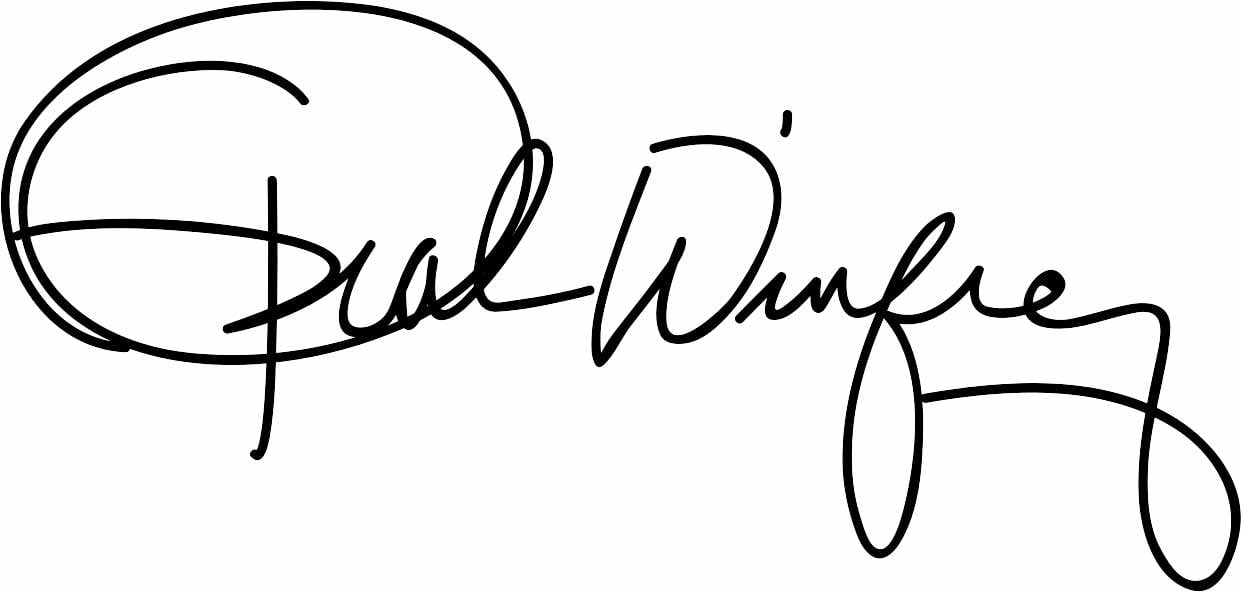Small tools can make a big difference when it comes to surgery. The Artery Forceps is one of the most useful and reliable tools that doctors and veterinarians use. While it appears to be just a small clamp, it is critical in stopping bleeding and keeping/together tissues. Without it all of surgery would be much more dangerous and complicated.
What does an Artery Forceps do?
A surgical tool called an Artery Forceps is used to clamp blood vessels and stop bleeding during surgery. It works by tightly holding the artery, which stops the blood flow for a short time and lets the surgeon work safely. Most of the time, these forceps are made of stainless steel and come in different sizes for different types of surgery.
A surgeon will usually pick it up first when they are doing an operation. You can always find Artery Forceps in every surgical tray, no matter how big or small the clinic or hospital is. It is one of the most important tools for both people and animals.
Why Artery Forceps Are Important in Surgery
The Artery Forceps’ main job is to stop bleeding. During surgery, if a blood vessel is cut, action must be taken right away to stop the bleeding. The forceps hold the vessel until it can be tied or burned. Haemostasis is the name of this process that keeps the surgical area clean and clear.
If there is not enough haemostasis, the doctor or surgeon cannot see well. It gets harder to do the operation safely. People trust the Artery Forceps because it is strong and precise. After being properly cleaned, it can be used again and again.
The forceps are even more useful in veterinary surgery, where animals can bleed a lot. A lot of vets think it’s one of the most important tools for surgery on animals.
Different kinds of Artery Forceps
There are different kinds of Artery Forceps, and each one is made for a different job. Let’s look at some of the most common ones:
1. Forceps for Straight Arteries
These are simple and mostly used for everyday tasks. The straight design makes it easier to hold tissues or clamp smaller vessels during surgery. Most surgical sets have them in them.
2. Forceps for Curved Arteries
The tip of the Curved Artery Forceps is a little bent, which makes it easier to get to deeper or harder-to-reach areas that straight forceps cannot. A lot of surgeons like them better because they let them see and control things better when they’re working in tight spaces.
3. Mosquito Artery Forceps
These are smaller artery forceps that are made for fine and delicate work. People use the Mosquito Artery Forceps to hold onto very small blood vessels or tissues. They are very accurate and light, so they are often used in small surgeries or surgeries on children.
It may sound strange, but their name comes from how small they are and how light they feel in your hand, like a mosquito’s touch.
4. Spencer Wells Forceps
These are some of the oldest and most common types of Artery Forceps. People know them for their strong locks and long-lasting construction. They are very reliable for use in surgeries on both people and animals.
5. Halsted Forceps
The Halsted Artery Forceps are a little bigger than the mosquito type. It is an instrument frequently used in numerous soft tissue surgeries and many times to clamp small veins or arteries.
How to Use Artery Forceps Correctly in Surgery
Although Artery Forceps may appear easy to use, it does require good technique and carefulness. Here are a few important things to remember:
- Use your thumb and ring finger to hold the forceps steady.
- Put enough pressure on the vessel to hold it, but not so much that it breaks.
- Be careful when using the locking mechanism so it does not hurt the tissue.
- After each use, always clean and sterilise.
If you use the Artery Forceps correctly, it will work smoothly and not hurt any tissue.
My Thoughts on Artery Forceps
I think the Artery Forceps is one of the most reliable surgical tools ever made. It makes the surgeon feel more sure of themselves. When you hold it, it clicks and locks perfectly, which is satisfying. You feel like you have complete control. It might not be the biggest or most expensive tool in the surgery tray, but it is definitely one of the most important ones.
I’ve seen veterinarians use it when they do surgery on both small and large animals. When the bleeding stops right away after clamping with the forceps, you can feel a sense of relief and calmness in the room. That moment alone shows why this simple tool is so important.
Care and Maintenance of Artery Forceps
Taking good care of Artery Forceps is important to keep them working well. Always follow these steps:
- After using, clean right away. Do not let blood or tissue dry on the tool.
- Use an autoclave or sterilising solution after cleaning to make sure everything is clean.
- Check the lock and hinges to make sure they move smoothly and lock properly.
- Do not use harsh chemicals; they can hurt the metal surface.
- Keep it dry to prevent rusting and maintain hygiene.
If you take good care of your Artery Forceps, they will last for years and work perfectly every time.
Conclusion
In conclusion, the Artery Forceps is more than just a surgical clamp; it stands for safety, control, and accuracy. It has many uses in both human and animal surgery, from controlling blood flow to holding delicate tissues. There are different types, including Mosquito Artery Forceps, for different types of surgeries, from small ones to big ones. When used correctly, it gives the surgeon the confidence and care they need to do their job.
In surgery, even the smallest tools can make a big difference. The Artery Forceps is a good example of this every day.
Questions and Answers
1. What do surgeons use Artery Forceps for?
During surgery, Artery Forceps are used to stop bleeding by clamping blood vessels. They help keep things clear and make sure that tissues are handled correctly.
2. What sets Artery Forceps apart from Mosquito Artery Forceps?
The Mosquito Artery Forceps are smaller and lighter than regular Artery Forceps. They are used for small or delicate surgeries, while regular Artery Forceps are used for bigger blood vessels.
3. Is it possible to use Artery Forceps in animal surgeries?
Yes, for sure. Veterinarians use them to stop bleeding and handle tissues during animal surgeries. They are an important part of Veterinary Surgical Equipments.
4. What is the best way to clean and care for Artery Forceps?
After each use, wash them with water and then properly sterilise them. Look for rust or stiffness in the hinges. Taking care of Artery Forceps on a regular basis will keep them working well for years.
5. Can you use Artery Forceps again?
Yes, you can use Artery Forceps again after properly sterilising them. They are mostly made of stainless steel, which makes them strong and safe to use again and again.




